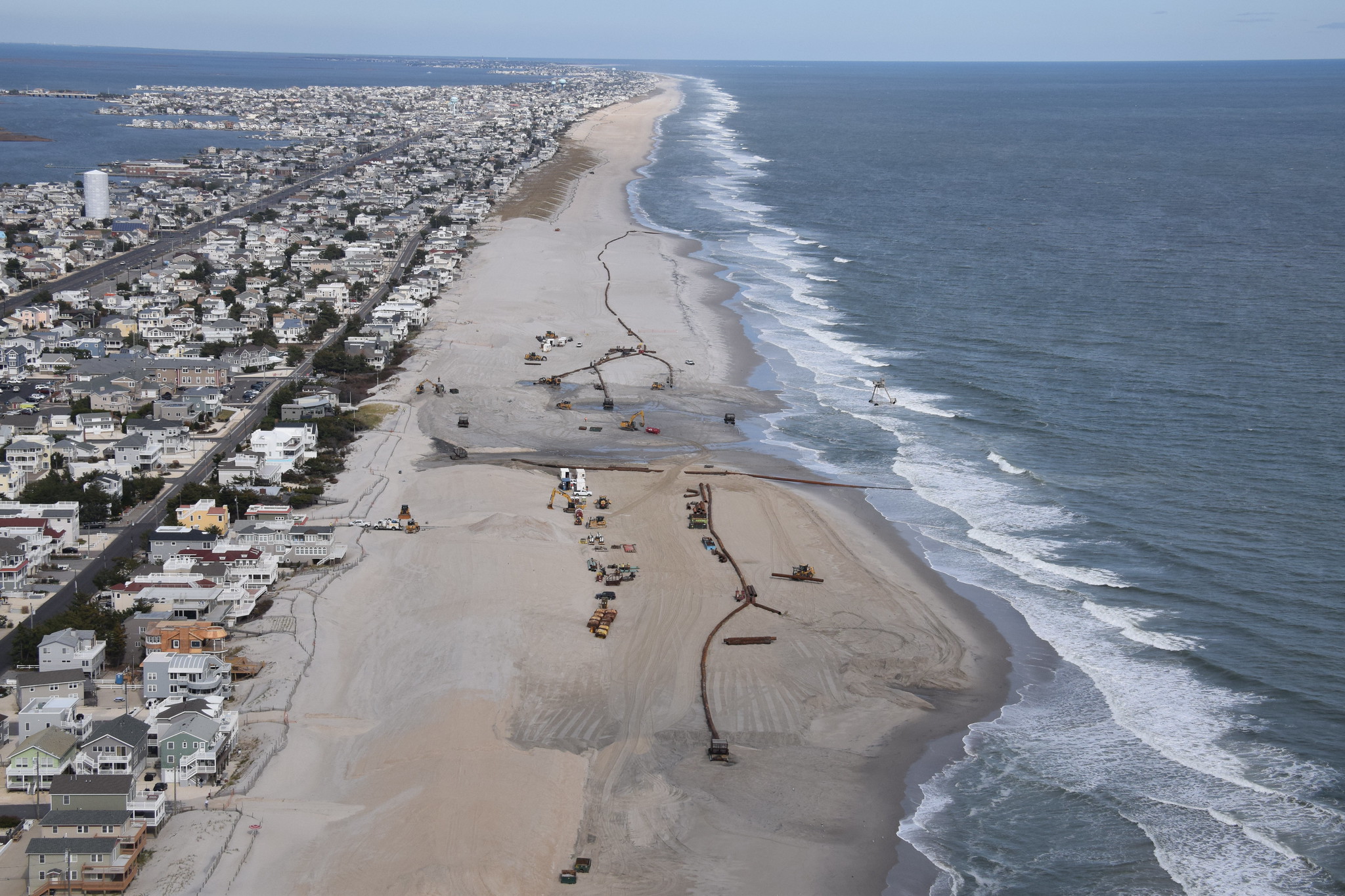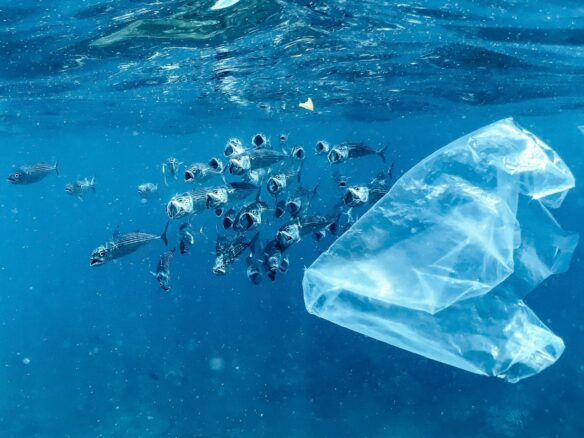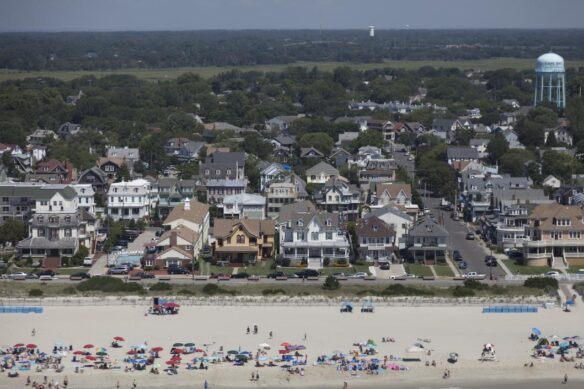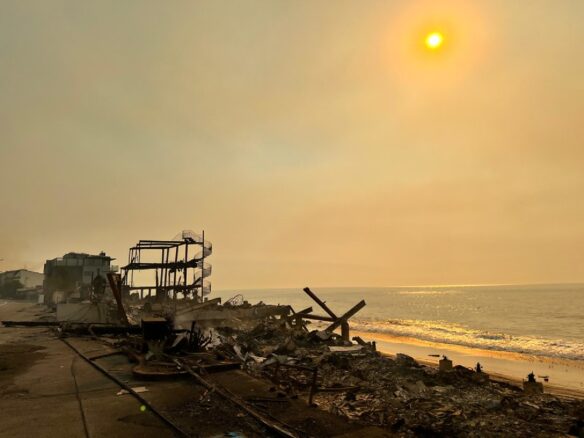The sound of a three-mile-long pipe pumping 100 dump trucks worth of sand onto the coastline filled the air for two and a half months in the town of Wrightsville Beach, North Carolina in early 2024.
It was part of a beach nourishment project, meant to replenish and widen beaches lost to erosion or storms. Paid for with federal tax dollars and completed by the U.S. Army Corps of Engineers, the project in Wrightsville Beach cost around $15 million and is re-done approximately every four years.
“I do believe that beach re-nourishment is a necessity,” said Jeff DeGroote, a lifelong Wrightsville Beach resident who owns a surf shop/coffee house a block away from the water.
His livelihood depends on the beach, so it also depends on keeping the beach maintained through nourishment projects.
“There is a disadvantage with…what we’re doing here. The main disadvantage is cost, right? But the advantages outweigh the disadvantages,” DeGroote said.
But some experts believe the taxpayer money used for beach nourishment projects could be better spent elsewhere.
Data from the Program for the Study of Developed Shorelines at Western Carolina University shows more than 2,500 beach nourishment projects have cost more than $10 billion over the last century, or nearly $16 billion adjusted for inflation using 2022 dollars.
Unsurprisingly, the number and cost of projects tends to increase in years where there are major storms.
In 2013, there were 75 projects, more than any other year since 1923, the first year available in WCU’s data. That’s the same year hurricanes Humberto and Ingrid, along with 11 other tropical storms, hit the Atlantic coast. Winter storm Nemo also hit the east coast that year.
The year with the largest cost was 2014, the year following the storms. That year totaled about $925 million, adjusted for inflation in 2022 dollars.
More than three quarters of all the projects included in WCU’s database and analyzed by CBS News were repeat projects.
For example, since 1939 there have been 27 beach nourishment projects on Wrightsville Beach alone, costing about $107 million in 2022 dollars, according to WCU’s data as of June 2024.
That averages out to about one project every three years. Most of these projects, both on Wrightsville Beach and nationwide, are federally funded.
But, is it worth it?









